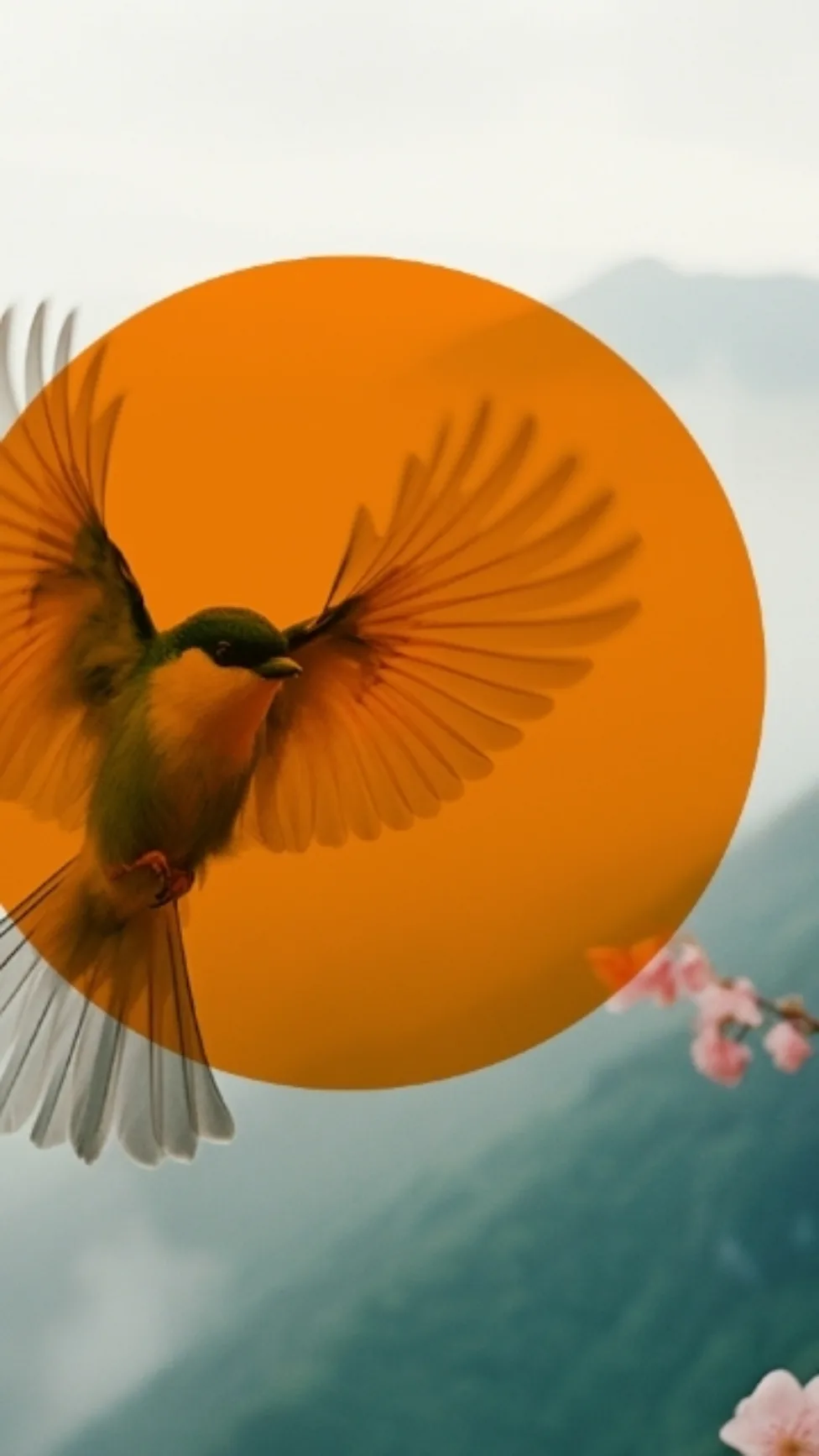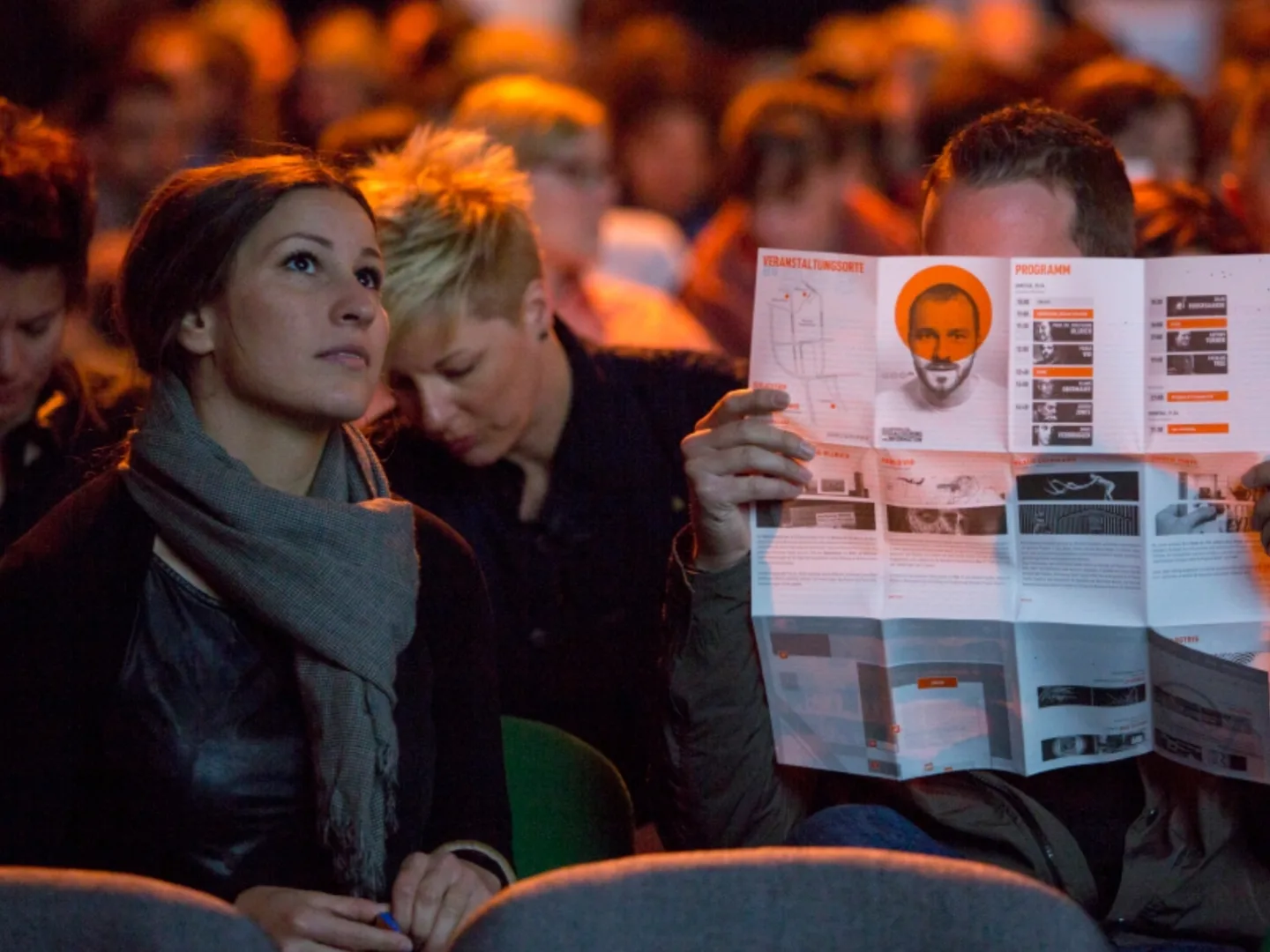

Design for Democracy
Die Region hat den Titel „World Design Capital Frankfurt RheinMain 2026“ verliehen bekommen. Im Sinne von „Design for Democracy. Atmospheres for a better life“ konzipieren wir schon auf der diesjährigen see-Conference Projekte mit Leuchtturmcharakter – Bilder der Zukunft.
Impressionen
Unterstützende

Newsletter
Unser Newsletter informiert zuverlässig über Termine, Vortragende, das Programm und natürlich über besondere Ticket-Angebote.
Du erhälst eine E-Mail mit einem Link zur Bestätigung deiner Anmeldung. Deine Einwilligung ist jederzeit widerruflich. Ausführliche Informationen zu deinen Widerrufsmöglichkeiten, dem Newsletterversand über unseren Dienstleister MailChimp, der Verwendung und Speicherung Ihrer Daten entnehmen Sie bitte unseren Datenschutzbestimmungen.
Bei Ihrer Anmeldung ist etwas schief gelaufen. Bitte versuchen Sie es später noch einmal.